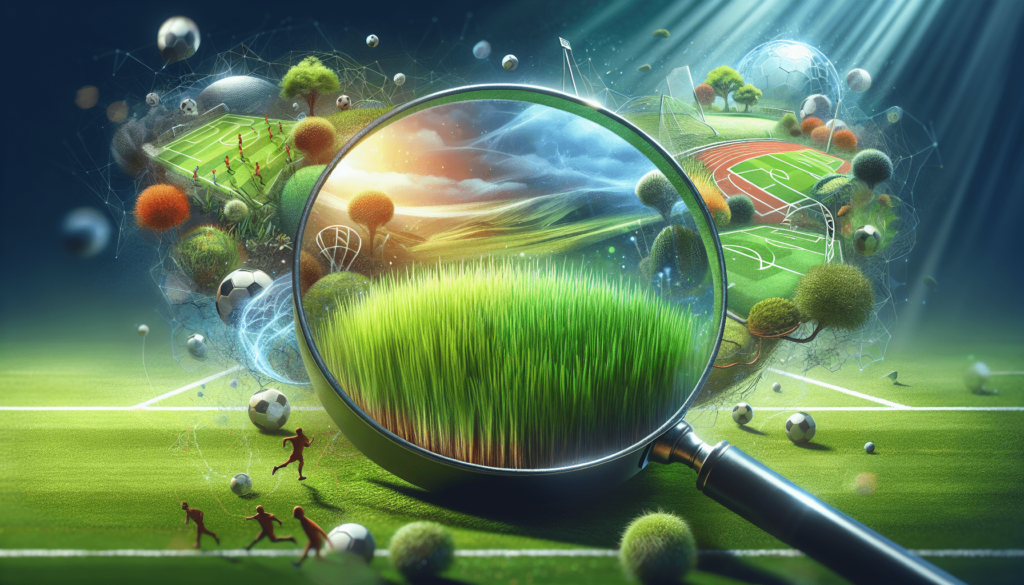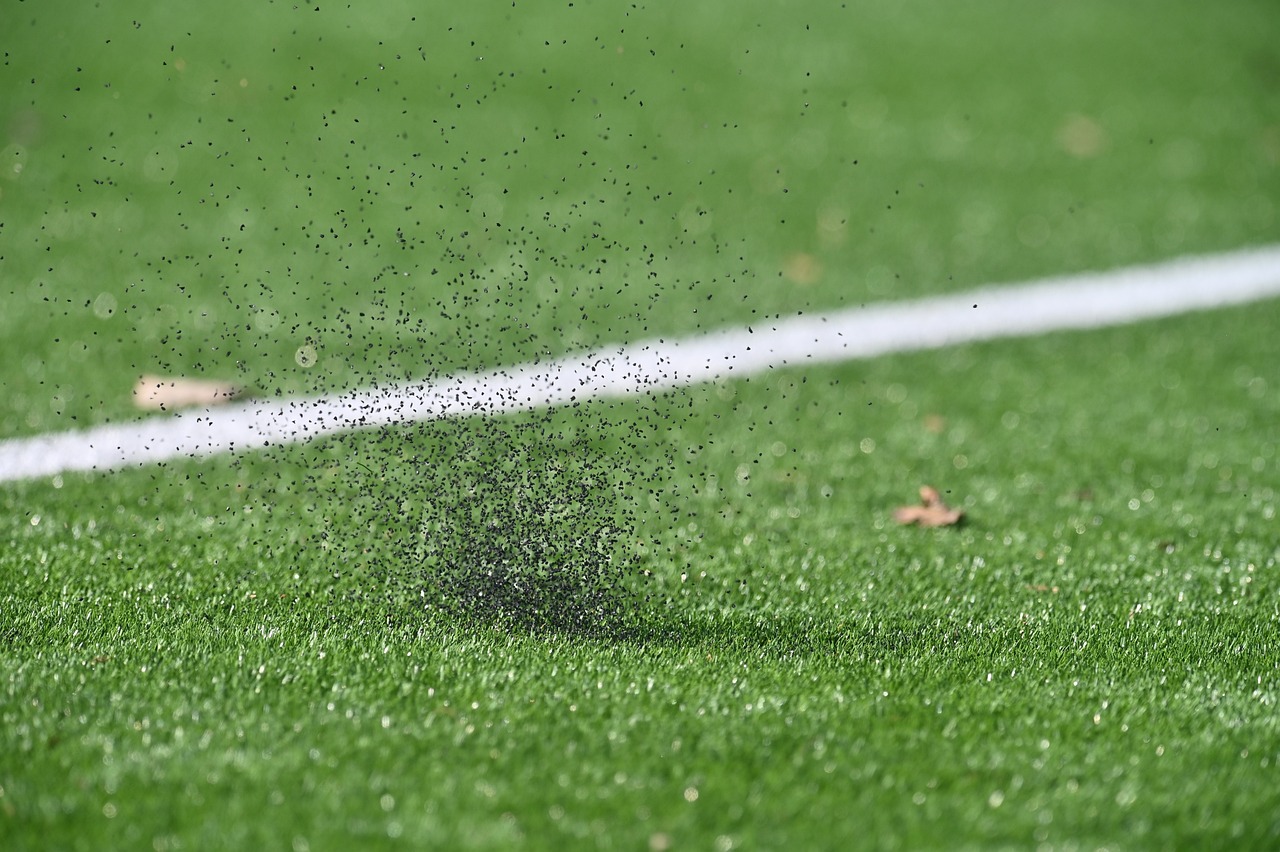As an Amazon Associate, I earn from your qualifying purchases. When you click an affiliate link, we get a small commission at no cost to you.
Journey Through the World of Artificial Turf: What You Need to Know” offers a detailed dive into the surprisingly fascinating world of artificial grass. I take you on an adventure from the history of its invention to the modern-day innovations that make artificial turf more realistic and eco-friendly than ever. Along the way, I uncover amusing anecdotes, quirky tidbits, and peculiar innovations that turn the mundane into the marvelously interesting. Buckle up for a journey that promises to make you look at your lawn—or lack thereof—with a whole new sense of wonder. Have you ever wondered what exactly lays beneath your feet when you walk across the flawless, green expanse of a football field, a school playground, or even the trendy rooftop gardens of urban high-rises? If you’re like me, chances are you probably haven’t given it much thought. It’s just green and there, doing its thing. Let’s embark on a little journey together—one that delves into the fascinating, somewhat surprising world of artificial turf. Trust me, by the end of this, you’ll never look at a field the same way again.
What Is Artificial Turf?
Artificial turf, as it turns out, is a marvel of modern engineering—an innovative attempt to replicate the lushness of natural grass without the maintenance headaches that come along with it. In layman’s terms, it’s a surface of synthetic fibers made to look like natural grass. But, oh, it’s so much more than that!
Originally, artificial turf was created for sports fields, where maintaining natural grass can be a Herculean task. It’s now found in a variety of settings: residential lawns, corporate landscaping, and even the quirky little garden spots nestled in urban concrete jungles.
The History of Artificial Turf
Let me take you back to the 1960s, a time of rock ‘n’ roll, tie-dye shirts, and, apparently, revelations in grassy science. That’s right; the first major use of artificial turf occurred in 1966 when it was installed in the Houston Astrodome, the world’s first multi-purpose domed sports stadium. This original artificial turf was known as “AstroTurf,” and it wasn’t long before it captured the imaginations—and shins—of athletes and groundskeepers alike.
Fast forward to today, and artificial turf technology has evolved leaps and bounds. From its beginnings as rough-textured “plastic grass,” it has now become almost indistinguishable from the real deal, complete with advanced drainage systems, anti-microbial properties, and remarkable durability.
How Is Artificial Turf Made?
You might be wondering, “What magic turns synthetic materials into the lush, green carpet under my toes?” Allow me to demystify the process a bit. Creating artificial turf is akin to a culinary masterpiece, with specific ingredients and methods that ensure a flawless result every time.
The Ingredients
You’ll find several key components in any good piece of artificial turf:
- Backing Materials: This is the foundational layer, essentially the “crust” of our turf “pie.” Made from polyester tire cord, fiberglass, or polypropylene, it acts as the sturdy base upon which everything else is built.
- Yarn: These are the “blades” of grass, often made from polyethylene or nylon. Each option has its own benefits, whether it’s durability, softness, or environmental impact.
- Infill: This is the “soil” that nestles between the blades, offering cushioning and stability. It often consists of rubber crumbs, silica sand, or organic materials like coconut husk.
The Manufacturing Process
The transformation from raw materials to the green expanse is quite the journey. Here’s a simplified breakdown:
- Extrusion: Raw plastic resins are melted and extruded through a spinneret, forming long fibers or filaments.
- Twisting: These fibers are then twisted into yarns to give them the structural integrity needed for heavy use.
- Tufting: The yarns are stitched into the backing material in a process much like sewing. Needles punch through the backing, creating loops that are then cut to form individual “blades” of grass.
- Coating: To lock everything in place, a binder like polyurethane is applied to the back.
- Infill Application: The final step is to sprinkle or inject the infill materials, which not only hold the blades upright but also add that familiar cushion underfoot.
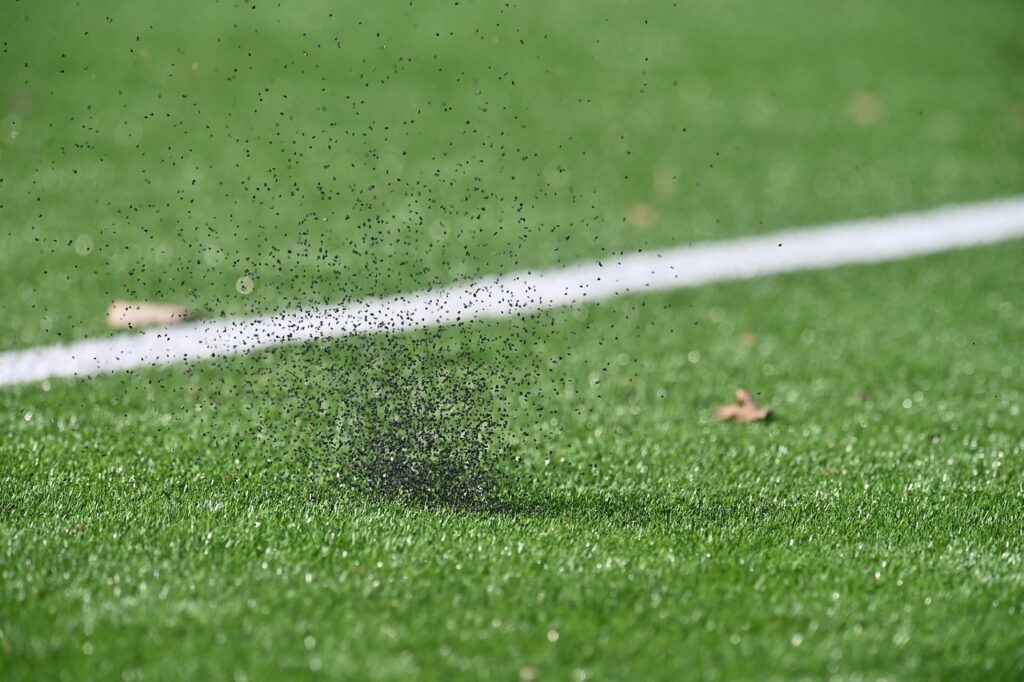
Types of Artificial Turf
Now that we’re all essentially turf-making connoisseurs, it’s time to dive into the various species of this fascinating material. Yes, you read that right—there are different types to suit various needs!
Sports Turf
Sports turf is engineered for maximum performance and safety. It has denser blades, thicker backings, and specialized infill to withstand heavy wear and tear while providing optimal traction and cushioning. This type of artificial turf is designed to meet the rigorous demands of various sports, ensuring that athletes can perform at their best without compromising safety. Let’s explore some specific applications of sports turf:
Padel Courts
Padel, a fast-growing sport combining elements of tennis and squash, requires a unique playing surface. Artificial turf for padel courts is designed to provide the right balance of traction and ball bounce. The surface must be durable to withstand the constant movement and sliding typical of the game. Additionally, the infill used in padel court turf helps reduce the impact on players’ joints, making it a popular choice for both amateur and professional padel facilities.
Golf Putting Greens
Golf enthusiasts can now enjoy the perfect putting surface all year round, thanks to artificial turf. Golf putting greens made from synthetic grass offer a consistent and smooth surface that mimics the feel of natural grass. This type of turf is designed with shorter, denser blades to provide the right amount of resistance and speed for putting practice. Whether it’s for a backyard green or a commercial golf course, artificial turf ensures a low-maintenance and high-performance solution for golfers looking to improve their short game.
Tennis Courts
Tennis courts with artificial turf surfaces are becoming increasingly popular due to their durability and low maintenance requirements. The specialized turf for tennis courts is designed to offer excellent traction and shock absorption, reducing the risk of injuries for players. Additionally, the consistent playing surface allows for predictable ball behavior, which is crucial for competitive matches. Whether it’s a residential court or a professional facility, artificial turf provides a reliable and long-lasting solution for tennis enthusiasts.
These examples highlight the versatility and benefits of sports turf in various athletic applications. By providing a high-performance and safe playing surface, artificial turf is revolutionizing the way we play and enjoy sports.
Landscaping Turf
Landscaping turf is all about creating beautiful, low-maintenance green spaces that enhance the aesthetic appeal and comfort of various outdoor areas. This type of artificial turf is specifically designed to mimic the look and feel of natural grass, making it an excellent choice for backyards, front yards, and other landscaped areas where visual appeal is just as important as functionality.
Landscaping turf is crafted to provide a lush, green appearance that stays vibrant throughout the year. Unlike natural grass, which can turn brown and patchy during extreme weather conditions, artificial turf remains consistently beautiful. It’s available in a variety of shades and textures to match different landscaping styles, from the manicured look of a formal garden to the more casual vibe of a family-friendly backyard.
One of the biggest selling points of landscaping turf is its low maintenance requirements. Unlike natural grass, which needs regular mowing, watering, and fertilizing, artificial turf requires minimal upkeep. Occasional brushing to keep the fibers upright, rinsing to remove dust and debris, and periodic infill replenishment are usually all that’s needed to maintain its pristine appearance. This makes landscaping turf a practical choice for busy homeowners and commercial property owners who want a beautiful lawn without the hassle.
Pet Turf
Yes, there’s even artificial turf specialized for our furry friends! Pet turf is designed with unique features that make it an ideal surface for pets to play, relax, and do their business. Here’s a closer look at the benefits of pet turf:
Excellent Drainage Capabilities
One of the standout features of pet turf is its excellent drainage capabilities. This specialized turf is engineered to allow liquids, such as pet urine, to quickly and efficiently drain through the surface and into the underlying base. This rapid drainage helps keep the turf dry and odor-free, preventing the accumulation of moisture that can lead to unpleasant smells and bacteria growth. Additionally, the infill materials used in pet turf are often designed to be antimicrobial, further reducing the risk of bacteria and odor buildup.
Durability and Resistance to Wear and Tear
Pet turf is built to withstand the rigors of daily use by active pets. The fibers are made from durable materials that resist wear and tear from claws and paws, ensuring that the turf remains intact and looking great for years. Whether your pets are running, digging, or just lounging around, pet turf can handle the stress without becoming worn or damaged. This makes it an excellent choice for high-traffic pet areas, such as dog runs and play zones.
Comfort and Safety
Comfort is a key consideration when it comes to pet turf. The surface is designed to be soft and comfortable underfoot, providing a pleasant area for pets to play and relax. Unlike natural grass, which can become muddy and slippery, pet turf offers a clean, dry, and stable surface that reduces the risk of slips and falls. This makes it a safe option for pets of all ages, including older dogs who may have mobility issues.
Playground Turf
Playground turf offers additional padding and safety features to protect our little adventurers. It’s designed to minimize the risk of injuries from falls or rough play, often including extra padding layers beneath the surface.
The Pros and Cons of Artificial Turf
Laying down synthetic grass is a commitment, akin to adopting a pet. It comes with its own set of benefits and challenges, and it’s crucial to weigh these before plunging headfirst into the world of engineered lawns.
The Pros
- Low Maintenance: No mowing, watering, or fertilizing required—just occasional cleaning.
- Durability: With proper care, artificial turf can last 15–20 years.
- Water Efficiency: Perfect for drought-prone areas, it uses significantly less water.
- Aesthetic Beauty: It remains green and lush year-round, without the issues of patches, mud, or pests.
The Cons
- Cost: The initial investment can be high, although it often pays off over time.
- Heat Retention: Artificial turf can get incredibly hot in direct sunlight, sometimes too hot to walk on.
- Environmental Impact: While it saves water, the production process and disposal can have environmental downsides.
- Maintenance: Yep, despite the low maintenance, you’ll still need to clean it. Dog waste, leaves, and other debris don’t disappear on their own.
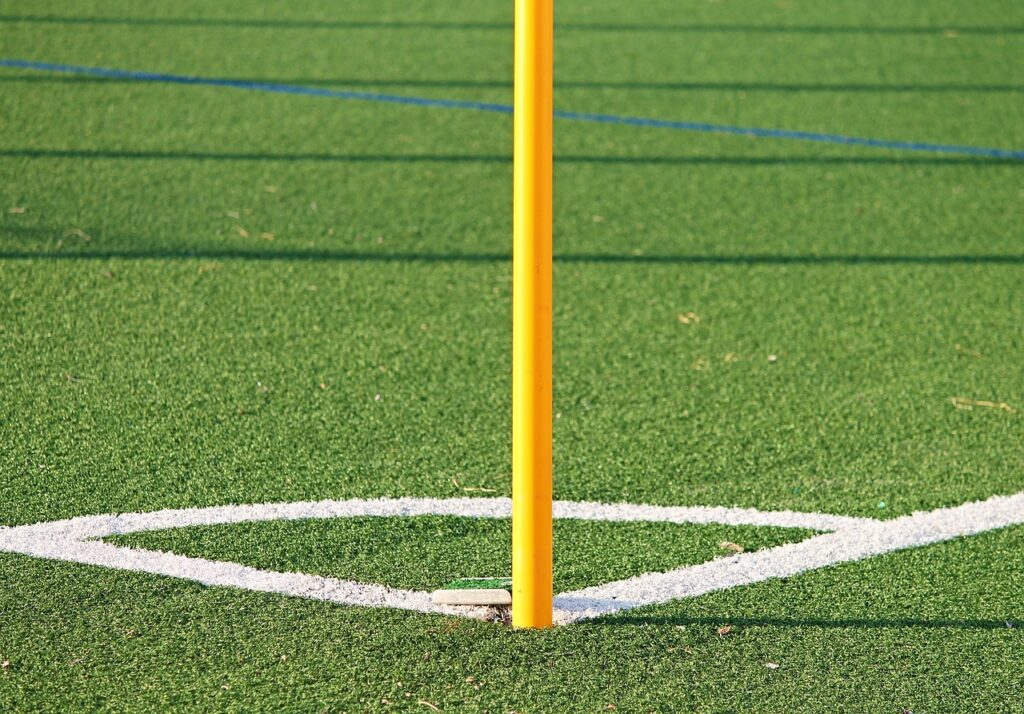
Installing Artificial Turf: A Step-by-Step Guide
So, you’ve weighed the pros and cons and decided to jump on the synthetic grass train. Excellent choice! However, the installation process is more complex than rolling out the green carpet and calling it a day. Let’s walk through it together.
Step 1: Planning and Preparation
Before you even lay down your first blades, preparation is key. Measure the area, design the layout, and gather your supplies.
Step 2: Excavation
Excavate the area where you plan to install the turf to a depth of about 3–4 inches. This step ensures there’s room for the base layers that will support the turf.
Step 3: Installing the Base
Create a base layer using crushed rock or gravel. This layer helps with drainage and provides a stable foundation. Compact it down using a plate compactor.
Step 4: Laying the Weed Barrier
A weed barrier fabric prevents pesky plants from sprouting through your beautiful new lawn. Lay it flat on your compacted base.
Step 5: Laying the Turf
Now, it’s finally time to roll out the turf! Cut it to fit your area, ensuring the blade direction is consistent for a uniform look.
Step 6: Joining the Seams
If you have multiple pieces, you’ll need to join the seams using specialized tape or glue. Be meticulous—poorly joined seams can ruin the whole look.
Step 7: Add Infill
Sprinkle your infill material evenly across the surface, then brush it into the turf using a stiff broom to keep the blades upright.
Step 8: Final Grooming
Give the whole area a good brushing to lift the blades and evenly distribute the infill. Use a garden hose to rinse off any debris, and voilà! You’ve got yourself a brand-new, maintenance-friendly lawn.
The Environmental Impact: Is Artificial Turf Eco-Friendly?
Here’s where things get a bit dicey. You might assume artificial turf is an environmental godsend—after all, it saves water and eliminates the need for pesticides. But, like all things in life, it’s a bit more complicated.
Water Conservation
Yes, artificial turf saves water, making it an excellent choice for arid regions. It sidesteps the need for irrigation systems that guzzle gallons upon gallons of water. By eliminating the need for constant watering, artificial turf helps conserve a precious resource, making it an environmentally responsible choice for water-scarce areas.
Chemical Use
Say goodbye to herbicides, fertilizers, and pesticides. Artificial turf doesn’t need them! This reduces chemical runoff, which can harm local ecosystems and water supplies. By avoiding these chemicals, artificial turf creates a safer environment for children, pets, and wildlife, contributing to a healthier outdoor space.
Manufacturing and Disposal
The dark side, however, comes in the form of manufacturing and disposal. Producing artificial turf involves a lot of plastic, which, as we know, isn’t the most eco-friendly material. Disposal poses another challenge—many turf products aren’t biodegradable or recyclable, contributing to landfill buildup. Innovations in the industry are focusing on using recycled materials and developing more sustainable disposal methods to mitigate these environmental impacts.
Carbon Footprint
To balance the scales, some innovations are in the works. Manufacturers are exploring plant-based materials and recycling programs, aiming to make artificial turf more sustainable in the long run.
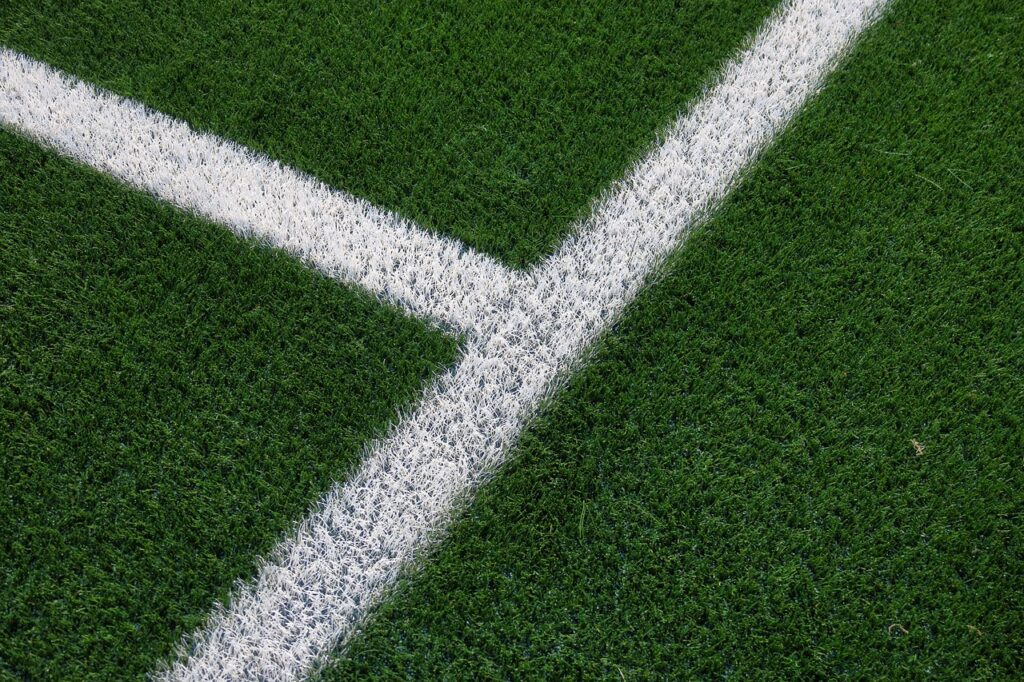
Everyday Maintenance of Artificial Turf
Okay, you’ve got your turf installed, and it’s looking pristine. Well, unfortunately, it doesn’t stay that way without a bit of care. While it’s indeed low-maintenance, artificial turf isn’t entirely maintenance-free.
Regular Brushing
Over time, the turf might start to lay flat due to foot traffic, weather, and usage. Brushing it regularly helps to keep the blades upright and looking natural. Using a stiff broom or a specialized turf rake, you can lift the fibers and redistribute the infill evenly across the surface. This not only maintains the aesthetic appeal of your artificial turf but also ensures that it continues to perform optimally, providing a soft and comfortable surface for all your outdoor activities.
Debris Removal
Twigs, leaves, and other debris can accumulate on your artificial turf, affecting both its appearance and functionality. A simple rake or leaf blower does the trick for a quick clean-up, ensuring that your turf stays clean and inviting. Regular debris removal prevents organic material from breaking down and potentially fostering weed growth or mold, keeping your turf in pristine condition. This easy maintenance task can be done weekly or as needed, depending on the season and the amount of debris in your area.
Pet Clean-Up
If you have pets, their messes won’t just biodegrade naturally as they might in a real lawn. Scoop solid waste and hose down liquid messes to keep your artificial turf hygienic. Pet-specific cleaning solutions can also be used to neutralize odors and sanitize the area, ensuring a clean and safe environment for your furry friends. Regular pet clean-up is crucial to prevent the buildup of bacteria and maintain the overall cleanliness and appearance of your turf.
Weed Management
While the weed barrier fabric does most of the heavy lifting, occasional weeds might sneak through the edges or seams of your artificial turf. A quick hand-pull or spot-application of weed killer can take care of these unsightly invaders. Regularly inspecting your turf for any signs of weed growth and addressing them promptly ensures that your turf remains weed-free and looking its best. This proactive approach helps maintain the integrity of the weed barrier and prolongs the life of your turf.
Infill Replenishment
Frequently Asked Questions About Artificial Turf
Still got questions? Don’t worry; I’ve compiled some of the most frequently asked questions about artificial turf to quench your curiosity.
Is Artificial Turf Safe?
Absolutely, especially for kids and pets. The materials used are non-toxic, and playground-specific versions have extra padding for safety.
How Long Does It Last?
With proper care, artificial turf can last anywhere from 15–20 years. High-traffic areas might require more frequent replacement.
Can It Handle Extreme Weather?
Modern artificial turf is designed to withstand various climates—from hot and arid to cold and snowy. However, it can get hot to the touch under direct sunlight, so adding a sunshade or opting for a cooling infill can be wise in hot climates.
Is It Easy to Repair?
Small damages, like burns or tears, can be patched with a bit of effort. For larger issues, you might need professional help. The good news is that most turf types come with a warranty.
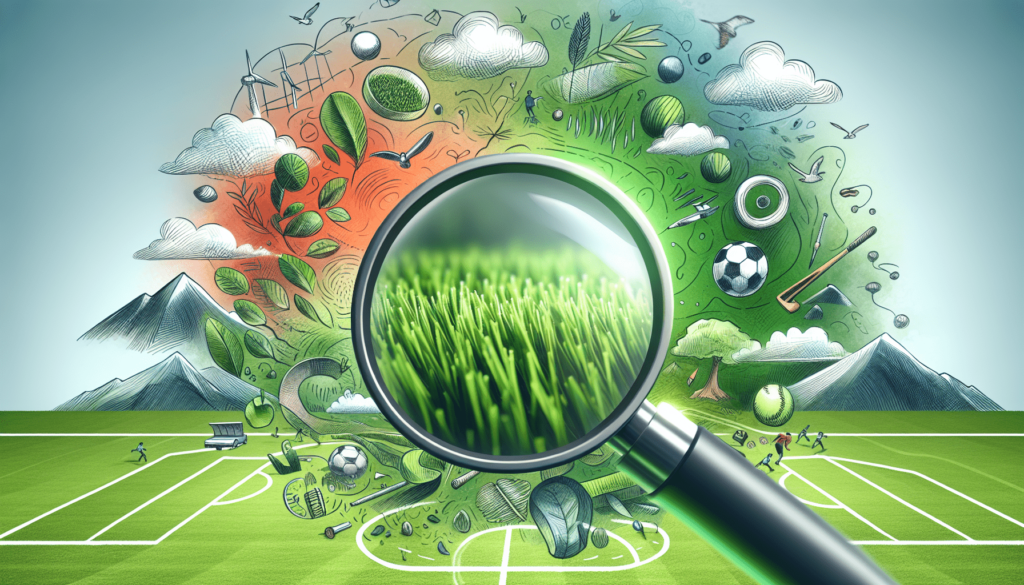
The Future of Artificial Turf
What lies ahead for our grassy green friend? Innovation, my dear reader, is the name of the game. From better materials to more sustainable manufacturing processes, the artificial turf industry is continually evolving.
Sustainable Materials
Expect more eco-friendly options to hit the market. Bamboo fibers, recycled plastics, and plant-based infills are just the start of a greener future.
Enhanced Durability
With wear and tear being a major concern, manufacturers are focusing on creating turf that lasts even longer and performs better under stress.
Smart Turf
Imagine turf that monitors its own temperature, adjusts its feel based on weather conditions, or even generates energy. While it might sound like science fiction today, the future could very well hold such marvels.
Summary: The Wrap-Up of Our Turf Odyssey
So there you have it—a deep dive into the world of artificial turf, transformed from what was likely an overlooked feature into a captivating subject full of history, science, and innovation. Whether you’re considering an install or just looking to upgrade, you now have all the information you need to make an informed decision.
Remember, like any element of modern life, artificial turf comes with its own set of caveats. But armed with the knowledge you’ve now gleaned, you’re well-equipped to tread lightly and wisely on this fascinating green carpet of our times.
Until our next exploratory journey, happy turf-treading!
